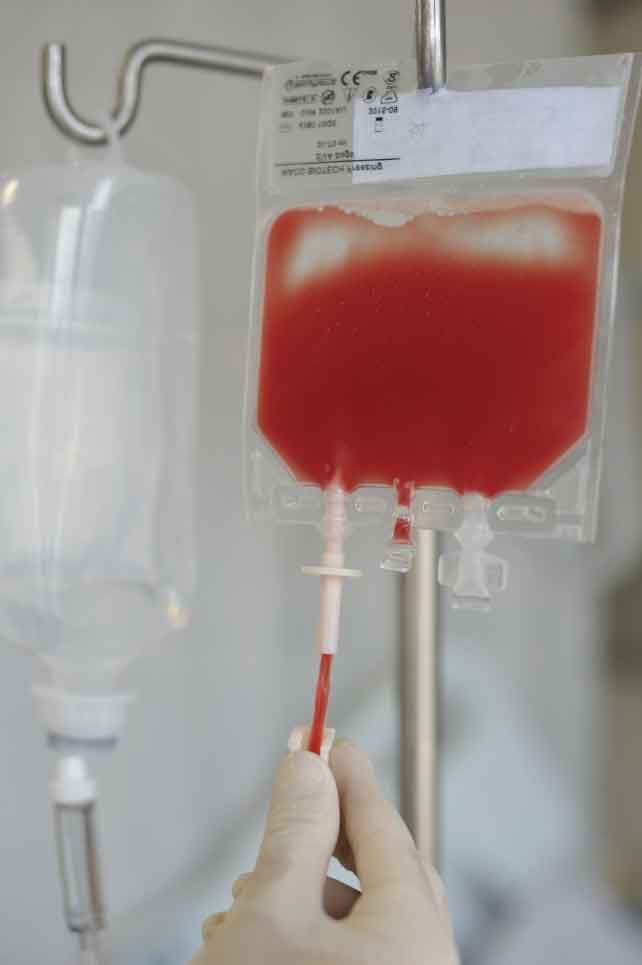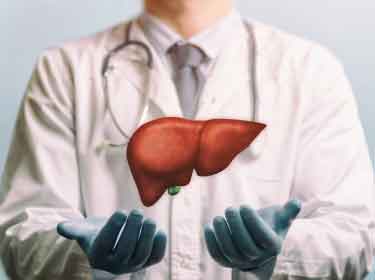Written by Roshini Beenukumar, PhD
Preservation and banking of biological materials such as blood, cells, tissues, and organs are critical for scientific and medical applications. Current preservation techniques are inadequate, particularly to preserve organs for more than a few hours. In this article, we highlight two recent advances in cryopreservation of biomaterials via supercooling. The first approach more than doubled the current preservation time of red blood cells and the second approach preserved human liver outside the body for at least 27 hours.
Current challenges facing cryopreservation of biomaterials
Biopreservation can be broadly classified into short-term and long-term approaches. Short term cold storage is done at temperatures a few degrees above the freezing point. Long-term cryopreservation is done at much lower temperatures and usually in the presence of cryoprotective agents. Current methods of cryopreservation face multiple challenges; uncontrolled ice formation being the most critical challenge, at it restricts the extent to which tissues can survive free-thaw cycles.
Supercooling as a solution for long-term biopreservation
There are several examples in nature, where species, including mammals, survive subzero body temperatures for weeks or longer. The mechanism at play here is supercooling which avoids ice formation. Supercooling is defined as the process of cooling a liquid below its freezing point, without it becoming solid. In normal circumstances, liquids, when cooled to temperatures below their freezing points, will crystallize in the presence of a seed crystal (or nucleus). In the absence of such a nucleus, the liquid phase can be maintained all the way down to the temperature at which homogeneous nucleation occurs.
Supercooling is a promising approach for long-term preservation of cells, tissues, and particularly organs. However, for biopreservation via supercooling to become viable, it has to overcome several hurdles. An important hurdle is that simultaneous low temperature (<−10 °C), large volume (>1 ml), and long-period (>1 week) of supercooling for aqueous solutions cannot be easily achieved.
‛Deep supercooling:’ A novel approach to supercooling of water and water-based solutions
A new approach to supercooling, dubbed deep supercooling by the researchers, published last year in the journal Nature Communications, maintained water and water-based solutions in a liquid state at sub-zero temperatures for long periods of time. This technique has the potential to enable safe and extended preservation of cells, tissues and even organs.
In normal circumstances, water and water-based solutions freeze at sub-zero temperatures (i.e., below 0° C). This happens due to the formation of ice crystals where the liquids contact air or various impurities in the solution. Deep supercooling is a new and promising alternative to supercooling using high-pressure equipment, an expensive and possibly tissue-damaging supercooling technique.
Deep supercooling was achieved by the research team at the Massachusetts General Hospital Center for Engineering in Medicine led by O. Berk Usta, Ph.D. by eliminating the storage medium–air interface with an immersible phase. They sealed the surface of a small water sample (1 ml) with a hydrocarbon-based oil such as mineral oil, olive oil or paraffin oil, which blocked ice formation at sub-zero temperatures (as low as -13° C) for up to a week. By experimenting with more complex oils and with pure simple hydrocarbons, such as alcohols and alkanes, they were able to keep a small volume of water and cell suspension (1 ml) supercooled at -20° C for 100 days and a larger volume (100 ml samples) for a week.
"Water and other aqueous solutions in the sorts of volumes we deal with every day normally freeze when cooled below the freezing point of 0° C or 32° F. Our approach, which we dubbed 'deep supercooling,' is simply to cover the surface of such a liquid with a solution that does not mix with water, like mineral oil, to block the interface between water and air, which is the major site of crystallization. This surprisingly simple, practical and low-cost approach to supercooling solutions for extended periods can enable many medical and food preservation methods, as well as fundamental experiments that were not previously possible.", explains Dr. Usta, the corresponding author of the study.
Deep supercooling for extended cryopreservation of red blood cells

The deep supercooling technique was applied to more than double the current preservation time of red blood cells (RBCs). RBCs are usually stored at 4°C for up to 42 days. However, the quality of RBCs stored at 4°C progressively reduces after a certain number of days (usually around 14 days). After 28 days, irreversible cellular injury sets in.
The research team led by Dr. Usta used the deep supercooling approach to safely preserve RBS suspensions of up to 100 ml at -13° C for as long as 100 days. The technique shows promise. Once successful in a more clinically relevant range of 300 to 500 ml, deep supercooling could become the routine in blood banks around the world.
Supercooling for extended cryopreservation of human liver
Another team from the same institution used supercooling to preserve human liver outside the body for at least 27 hours. Human livers are particularly difficult to preserve as they are the largest solid organ in the body. The researchers employed a three-pronged approach to successfully cryopreserve the liver.
- They prevented heterogeneous ice nucleation by blocking the interface between liquid and air, which is the major site of crystallization. This was done by de-airing the storage solution bag before supercooling
- They replaced blood with a preservation cocktail containing two sugars – trehalose and glycerol, to help the liver stay unfrozen below subzero temperatures.
- They used a hypothermic machine perfusion step (HMP) to gently circulate the preservation cocktail through the liver’s blood vessels. This helped the solution to seep into the tissues evenly and also to gradually bring down the temperature.
To check the viability of the livers after supercooling, the supercooled livers were perfused with blood at body temperature to simulate a transplant. The liver cells were confirmed alive and functioning.

Future directions
These findings demonstrate the feasibility of supercooling as a promising approach for long-term cryopreservation of biological materials. Researchers are continuing to look for ways to extend the viability of cells, tissues, and organs to months and perhaps even years.
"Stay informed with the latest news from PHCbi”

Reference
1. Novel approach keeps liquids from freezing at very low temperatures for extended periods. EurekAlert! Available at: https://www.eurekalert.org/pub_releases/2018-08/mgh-nak080718.php.
2. Novel approach keeps liquids from freezing at very low temperatures for extended periods: Technique could extend preservation times for blood cells, tissues and organs. ScienceDaily Available at: https://www.sciencedaily.com/releases/2018/08/180810075905.htm
3. Huang, H., Yarmush, M. L. & Usta, O. B. Long-term deep-supercooling of large-volume water and red cell suspensions via surface sealing with immiscible liquids. Nat. Commun. 9, 1–10 (2018)
4. Taylor, M. J., Weegman, B. P., Baicu, S. C. & Giwa, S. E. New Approaches to Cryopreservation of Cells, Tissues, and Organs. Transfus. Med. Hemotherapy 46, 197–215 (2019).
5. Zhang, S. A Human Liver Can Be Cooled to –4 Degrees Celsius and Survive. The Atlantic (2019). Available at: https://www.theatlantic.com/science/archive/2019/09/when-human-liver-supercooled/597637/
6. Vries, R. J. de et al. Supercooling extends preservation time of human livers. Nat. Biotechnol. 1–6 (2019). doi:10.1038/s41587-019-0223-y
About PHCbi
The “bi” part of our new brand PHCbi is not only a shortened form of the word “biomedical” but also represents both our strength and philosophy as an abbreviation of “biomedical innovation.”
Since the launch of our first Pharmaceutical Refrigerator model in 1966, we have taken advantage of this technology to create exceptional medical and laboratory products and services with a high degree of quality and reliability. We have worked to meet the expectations of customers in the medical and life science fields under both the Sanyo and Panasonic brands. See more detail from "About PHCbi". Find PHCbi's customer case study in the world.